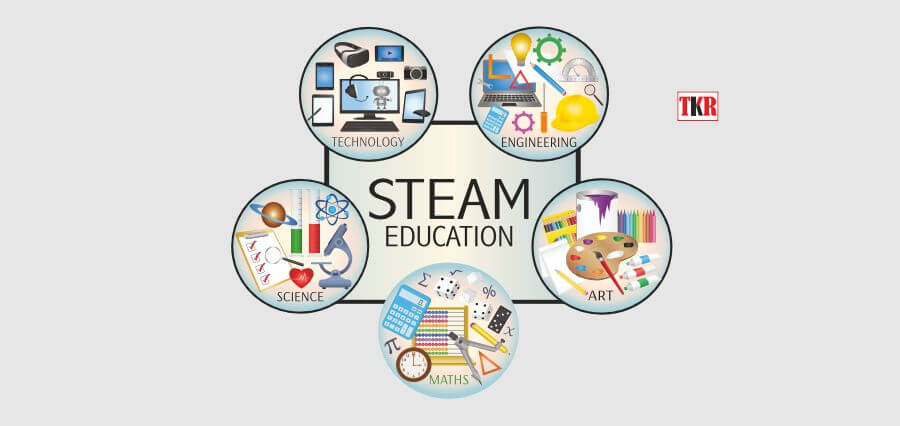For years, the annual chore of completing a crucial financial aid form for college has been eased by a handy digital tool that automatically transfers a family’s tax return data into the online form.
But the Internal Revenue Service, citing concerns about identity theft, has taken its “data retrieval tool” offline, and it is likely to remain unavailable for weeks, the agency said in a joint statement with the Education Department.
That raises many concerns, student advocates say, since we are now in the middle of the filing season for Fafsa — the Free Application for Federal Student Aid — and the lack of this tool may discourage some students from submitting the form. Students may still complete the form online without the data tool, but they must manually enter financial information from their family’s tax returns.
The Fafsa is the gateway not only to federal financial assistance, but also to aid offered by many states and colleges. Financial aid advisers have encouraged use of the data tool since it first became available, as a way to simplify an often daunting process.
The outage creates “a complication to an already complicated process for many students and families,” said Austin Buchan, chief executive of College Forward, a nonprofit in Austin that helps underserved students attend college.
Filing deadlines for many state financial aid programs are approaching. Some states guarantee aid to eligible students if they file by a certain date, known as a “priority” deadline, so filing on time is important. The priority filing deadline for Texas, Mr. Buchan noted, is Wednesday, March 15.
Entering financial information by hand means that errors are more likely. It is easier to misplace a decimal point or a zero when keying in numbers, said Faith Sandler, executive director of the Scholarship Foundation of St. Louis.
Entering information by hand also makes it much more likely that forms will be selected by the Education Department for “verification,” an often cumbersome process in which students must document that information in their Fafsa is accurate, said Lauren Asher, president of the Institute for College Access and Success. Typically, filers must obtain tax return transcripts — summaries of their tax returns — from the I.R.S. to verify their Fafsa numbers. Verification can pose hurdles for some students, she said, and may delay the distribution of student aid.
Advocates said the government was slow to get the word out about the suspension of the data tool. The tool was suspended March 3, and the statement from the I.R.S. and the Education Department is dated March 9. “Students who need aid to go to college need better information about what’s happening,” Ms. Asher said.
Some students and families may not have copies of their 2015 tax returns to refer to when filling out the form. (Starting with the current filing season, in a move aimed at making it easier to file the form early, the Fafsa requires year-older tax returns — meaning filers need returns from tax year 2015, rather than 2016.)
If they don’t have a copy, or didn’t use tax software or a professional preparer who can provide one, filers must request a tax transcript from the I.R.S., to make sure they have accurate information. You can request one electronically on the I.R.S. website. You will need a mobile phone account in your name, as well as information to verify your identity, like a credit card account number. Or you can request a transcript by mail, which can take five to 10 days.
One possible bright spot: This is the first Fafsa season in which students could begin filing in October (previously, filers had to wait until Jan. 1). Because high schools encouraged seniors to file early, many had already filed their Fafsas before the data tool shut down. As of Feb. 17, high school Fafsa filings had increased by 74 percent compared with the same time last year, said Carrie Warick, director of policy and advocacy at the National College Access Network.
It is not yet clear how the absence of the data tool may be affecting returning college students, Ms. Warick said. Many may not have been in a rush to file early, since they most likely expected to rely on the tool to complete their forms quickly.
Ms. Warick said that students should not wait for the I.R.S. data tool to return online to file their Fafsas, as it is uncertain how long it will be unavailable. College students who need help should contact their institution’s financial aid office, and high school students should seek assistance from their school’s college counselors.
Justin Draeger, chief executive of the National Association of Student Financial Aid Administrators, said the group was urging the Education Department to take steps, like easing the criteria used to select forms for verification, to avoid a backlog in the processing of student aid.









